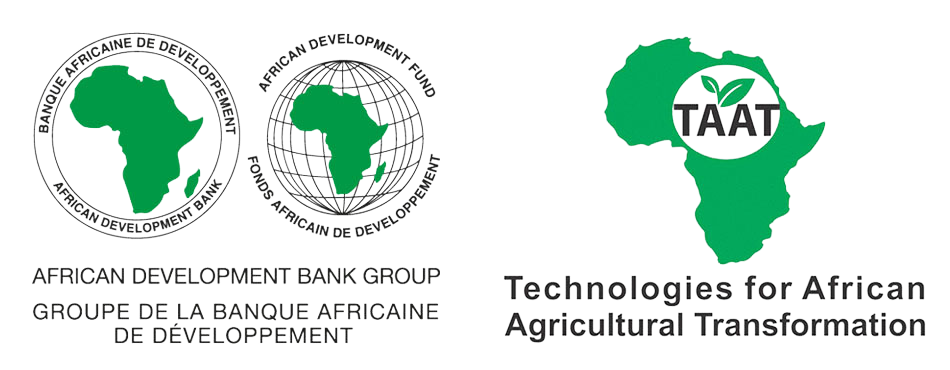

Unlock Maize Potential with Balanced Fertilizer Bliss!
Pre-plant Blended Fertilizers for Maize consist of carefully blended solid granular fertilizers, including urea, calcium ammonium nitrate, potassium chloride, and others, tailored to meet the specific nutrient requirements of maize crops. Nitrogen topdressing involves applying nitrogen fertilizers like urea or calcium ammonium nitrate at a specific growth stage when maize plants have 8 to 10 fully developed leaves.
This technology is TAAT1 validated.
Adults 18 and over: Positive high
The poor: Positive low
Under 18: Positive high
Women: Positive medium
Climate adaptability: Highly adaptable
Farmer climate change readiness: Significant improvement
Biodiversity: Positive impact on biodiversity
Carbon footprint: Same amount of carbon released
Soil quality: Improves soil health and fertility
Inadequate Nutrient Supply: Traditional fertilizer application methods often lead to uneven nutrient distribution, resulting in weakened root systems and reduced crop performance.
Suboptimal Fertilizer Application Practices: Improper dosages and application schedules of mineral fertilizers are common, leading to unsatisfactory grain yields and low profitability for farmers.
Environmental Losses due to Improper Nutrient Management: Inefficient nutrient application practices can lead to environmental losses, including nutrient runoff and leaching.
In the near future, this section will provide an overview of this technology's success in various contexts, details on partners offering technical support, training, and implementation monitoring, along with other valuable insights for your projects and programs. These details will be added progressively.
In the meantime, use the 'Request information' button if you need to contact us.
Grain yield increase
N uptake increase
P uptake increase
Trademark
Scaling Readiness describes how complete a technology’s development is and its ability to be scaled. It produces a score that measures a technology’s readiness along two axes: the level of maturity of the idea itself, and the level to which the technology has been used so far.
Each axis goes from 0 to 9 where 9 is the “ready-to-scale” status. For each technology profile in the e-catalogs we have documented the scaling readiness status from evidence given by the technology providers. The e-catalogs only showcase technologies for which the scaling readiness score is at least 8 for maturity of the idea and 7 for the level of use.
The graph below represents visually the scaling readiness status for this technology, you can see the label of each level by hovering your mouse cursor on the number.
Read more about scaling readiness ›
Uncontrolled environment: tested
Common use by intended users, in the real world
| Maturity of the idea | Level of use | |||||||||
| 9 | ||||||||||
| 8 | ||||||||||
| 7 | ||||||||||
| 6 | ||||||||||
| 5 | ||||||||||
| 4 | ||||||||||
| 3 | ||||||||||
| 2 | ||||||||||
| 1 | ||||||||||
| 1 | 2 | 3 | 4 | 5 | 6 | 7 | 8 | 9 | ||
| Country | Testing ongoing | Tested | Adopted |
|---|---|---|---|
| Ethiopia | –No ongoing testing | –Not tested | Adopted |
| Kenya | –No ongoing testing | –Not tested | Adopted |
| Nigeria | –No ongoing testing | –Not tested | Adopted |
| Rwanda | –No ongoing testing | –Not tested | Adopted |
| Tanzania | –No ongoing testing | –Not tested | Adopted |
| Zambia | –No ongoing testing | –Not tested | Adopted |
This technology can be used in the colored agro-ecological zones. Any zones shown in white are not suitable for this technology.
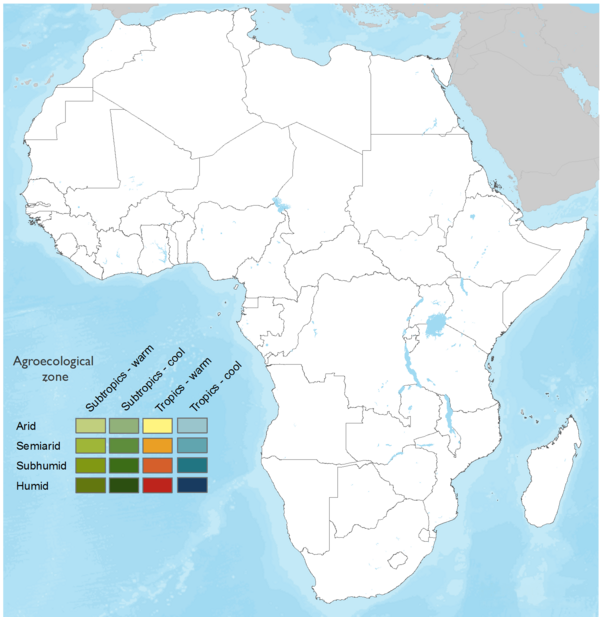
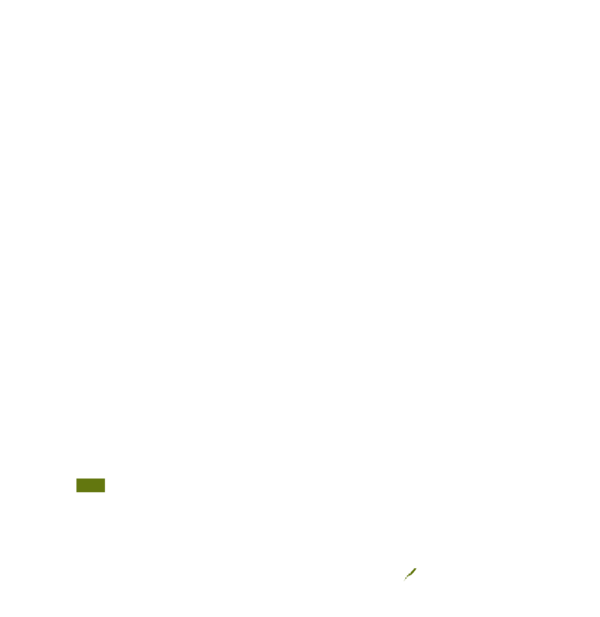
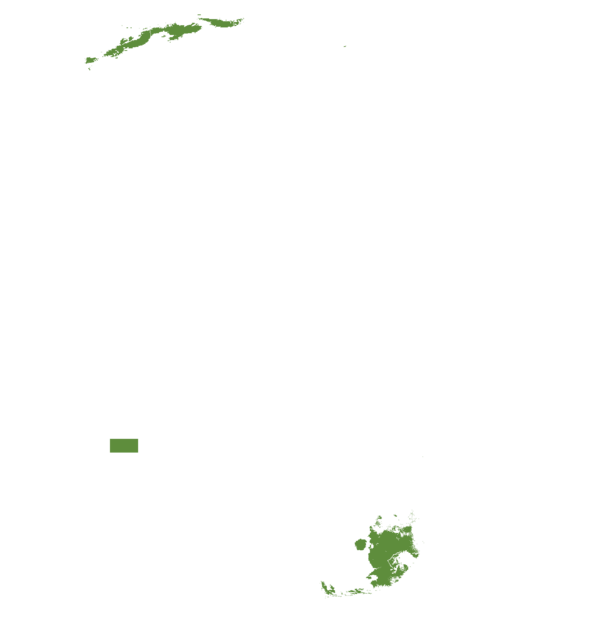
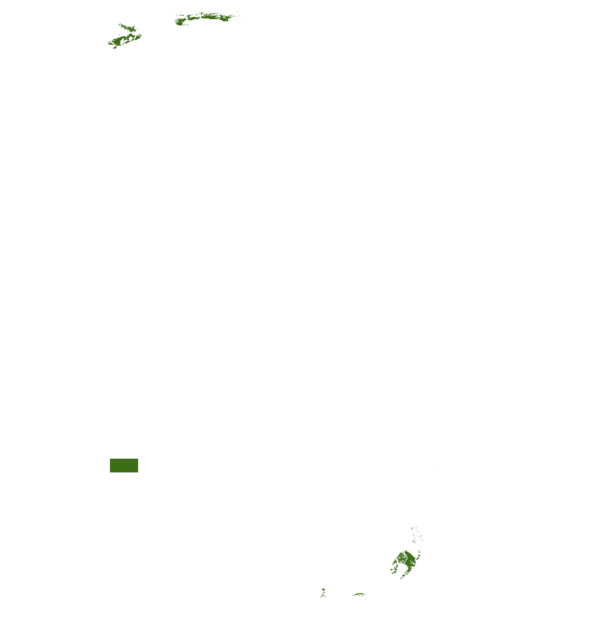
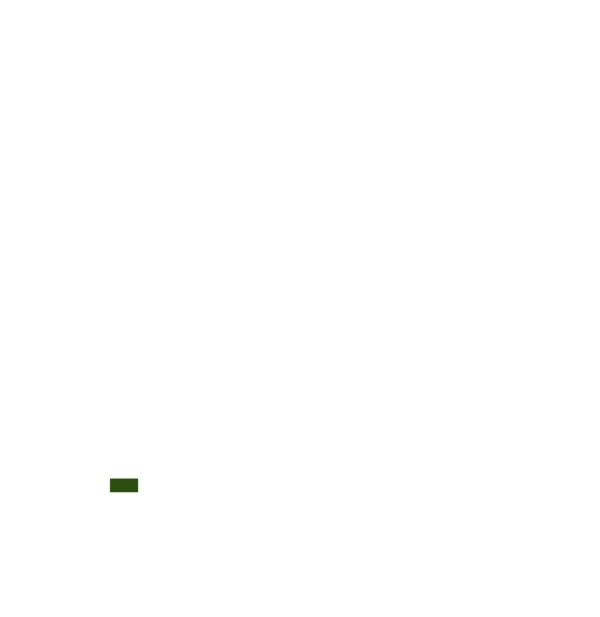


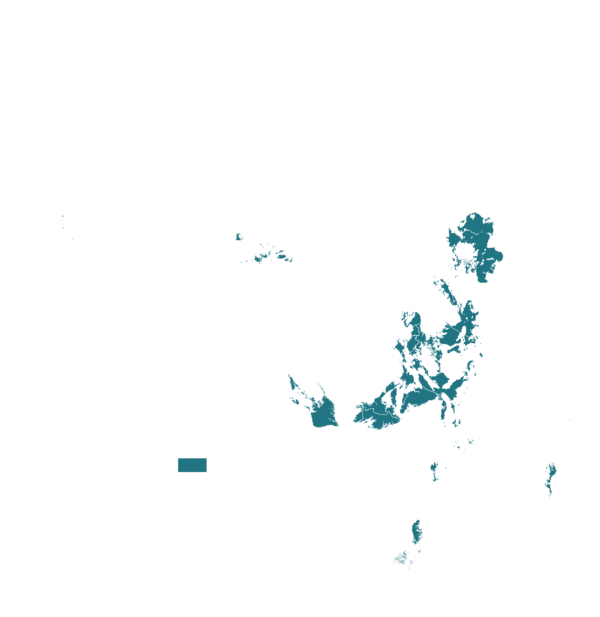
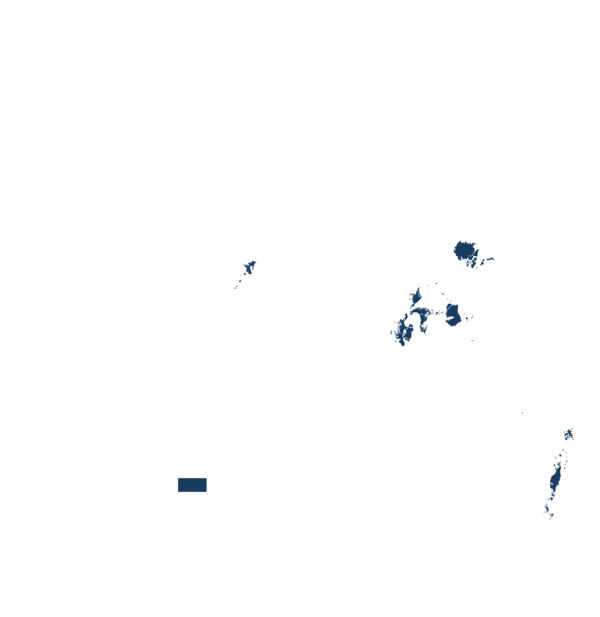
| AEZ | Subtropic - warm | Subtropic - cool | Tropic - warm | Tropic - cool |
|---|---|---|---|---|
| Arid | – | – | – | – |
| Semiarid | – | – | ||
| Subhumid | – | – | ||
| Humid |
Source: HarvestChoice/IFPRI 2009
The United Nations Sustainable Development Goals that are applicable to this technology.

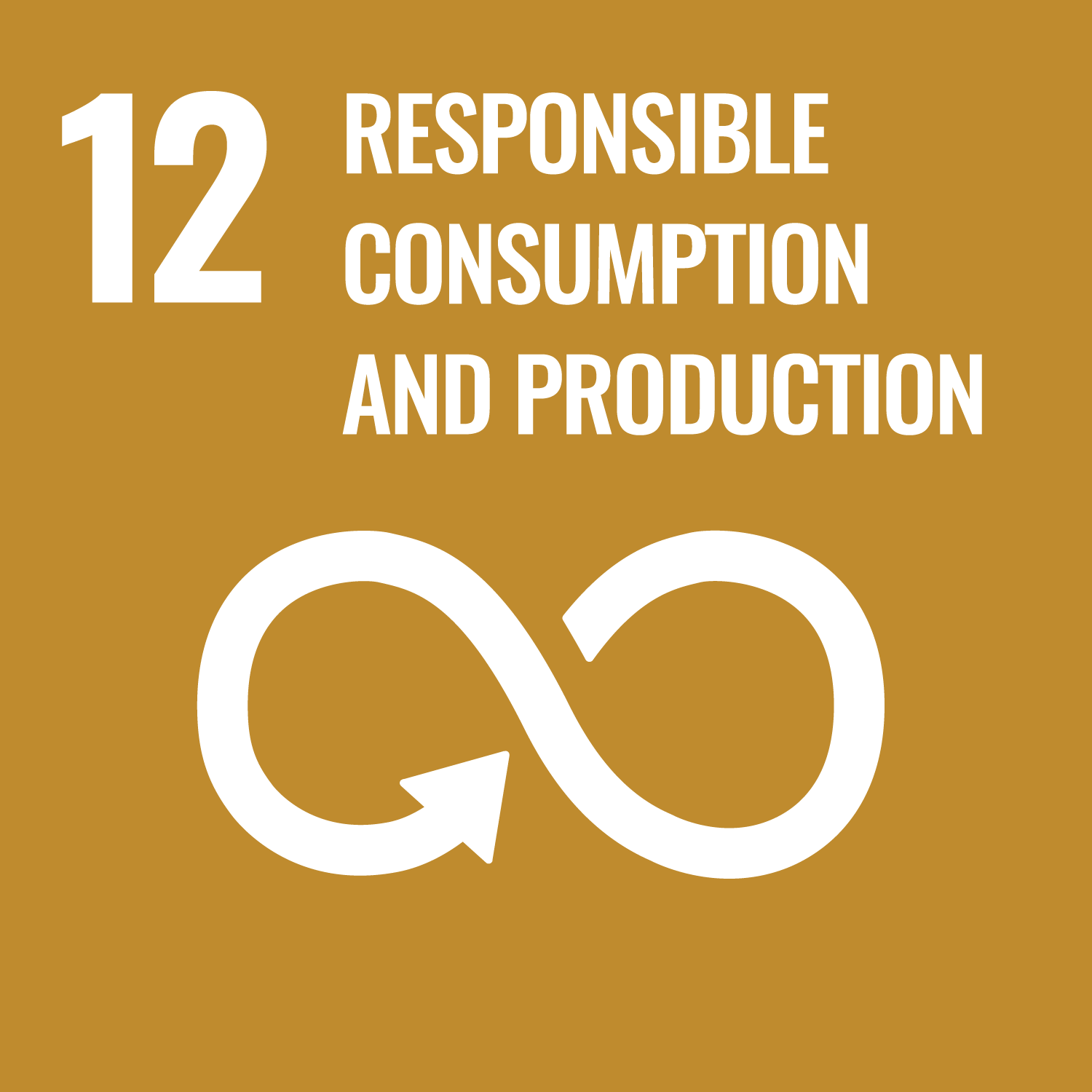
Assess Nutrient Needs: Identify nutrient deficiencies and imbalances in the specific maize growing area.
Blend Fertilizers: Mix the single fertilizers using a dry rotary system based on carefully measured formulas.
Application at Planting: Apply the blended fertilizer at the bottom of sowing holes by hand or planting equipment, or broadcast shortly before or after planting.
Topdressing with Nitrogen: When maize crops have 8 to 10 fully developed leaves, apply urea or calcium ammonium nitrate for topdressing.
Consider Foliar Spraying : For fast and efficient nutrient absorption, consider foliar spraying of liquid N fertilizer. Ensure proper application to avoid scorch and leaf damage.
Timing for Topdressing: Apply the second dose of N before a rain event to move the nitrogen into the soil if using dry granules.
Monitor Residual Nutrients: Account for residual nutrient stocks in soils and deficiencies in crops through visual inspection of stands.
Last updated on 7 November 2025